Picture Books 101 (Part 3): Understanding Picture Book Format and Construction
Why is 32 pages the standard? Tips for writers and illustrators.
Hi, I’m Debbie Ridpath Ohi! Welcome to Part 3 of my Picture Books 101 post series, which focuses on the basics of writing and illustrating picture books for traditional publishing houses.
In Part 3, I will explain the basics of picture book format and why 32 pages is the standard, identifying different parts of a picture book in terms of construction, and showing how this affects picture book writers and illustrators. You can browse my Resources For Picture Book Creators on my website for additional info.
If you are enjoying my Picture Books 101 column, I’d very much appreciate you letting others know. I’m also open to suggestions for future topics; just let me know in the comments.
Why it’s worth learning about picture book format
Some of you may be wondering, “Why bother worrying about format at all? I’m just the author or illustrator. Isn’t it up to the publisher to figure out all that format stuff?”
While it’s true that you DON’T need to know anything about picture book format to get published, arming yourself with some basic knowledge will help elevate you and your submission above the general masses of those who think that writing and illustrating picture books is easy.
Editors and agents tend to be inundated with picture book manuscripts and picture book dummies from those who don’t understand picture books. If your story and art are BRILLIANT, one of them might think it worthwhile to invest the time needed to help educate you. Most won’t. I can’t blame them…especially since the pandemic; most industry people I know have overflowing email boxes and more online meetings since many work from home at least part of the week.
If you want to have your picture book published by a traditional publishing house, it’s worth learning about the format. One common mistake made by beginning picture book creators is to have too many or too few pages to fit into a picture book format.
So much has to do with printing costs.
Books are produced in page-count multiples of eight. At the printer’s, a large sheet of paper containing eight picture book pages per side will fold into a signature:
A picture book is typically 32 pages or two signatures.
The actual pages are the book block. A book block is the part of a book that is bound together, usually sewn or glued, and then attached to the book cover. It does not include the cover, spine, or dust jacket.
Picture books CAN be any number of pages in length, but non-standard formats will usually cost the publisher more money to print. Publishers may be more cautious about investing that extra money if you are a new picture book creator without a track record or guaranteed audience.
Above: Dust jacket for my picture book, WHERE ARE MY BOOKS? (Simon & Schuster Books For Young Readers).
My advice for new creators: Stick to the 32-page standard for your submission, and leave it to the publisher to add pages. My editor at Simon & Schuster made that decision after seeing my picture book manuscript or dummy, saying that we needed those extra pages to tell the story. Adding pages usually means adding at least one signature, which is why you’ll see picture books with 32, 40, or 48 pages. There are always exceptions, but again, I strongly advise letting your publisher make that decision.
NOT all 32 pages are available for story content
Another mistake I’ve seen in many picture book manuscripts and dummies by beginners: assuming that they have all 32 pages available for story content. Some of these pages will be taken up by the copyright, title pages, and possibly endpapers.
Example: Separate-Ended/Color-Ended 32-Page Picture Book
Here is an example I put together showing you how a 32-page separate-ended picture book has 14 full spreads plus 1-2 extra single pages.
The term “separate-ended” is sometimes called a picture book with “colored ends.”
One way to see if a picture book is separate-ended is to check the paper used for the first and last pages; if they are a different type of paper, it usually means separate-ended.
Example: Self-Ended 32-Page Picture Book
In a self-ended picture book, the first and last pages of the book block are pasted directly onto the cover.
The term “self-ended” is used because the book block is glued directly onto the cover, and no extra paper/pages are needed.
All this can be confusing, I know. You DON’T need to know all these details to write or illustrate picture books, but I wanted to explain the above to help you show why not all 32 pages are available for story content.
Also, be aware that there are always exceptions. Some picture books use one or more of the frontmatter pages to start the story through illustrations, and some even use the endpaper art (if there are endpapers) to add to the story. If you are a new picture book creator, I recommend leaving this decision to your editor and art director.
When you are writing or writing AND illustrating a picture book, I strongly recommend you think in terms of double-page spreads. To picture book writers: learning to think visually will help you become a better picture book writer. I’ve given entire workshops on this topic; feel free to let me know in the comments if you want to see more in-depth details in a future newsletter.
Always keep the READER EXPERIENCE in mind. Children don’t read picture books the same way that adults read novels. Picture books are often read out loud. A child too young to read by themselves may just be browsing the art, already having the story in mind after previous read-alouds.
Young readers are looking at a full spread at a time, which is why picture book creators should be thinking in terms of double spreads. What will make a young reader want to turn each page?
I also suggest paginating your manuscripts, even if you don’t plan to submit your picture book mss this way (I will post more about pagination and mss submission format in a future post). I do this for every picture book project; this also helps me figure out page turns and pacing (again, topics for another newsletter).
Here are some examples of double page spreads from my solo picture book with Simon & Schuster Books For Young Readers, WHERE ARE MY BOOKS?, that help show the different ways text and imagery can work together to tell a story. Notice the mix of full bleed (illustrations that go to the edge of the page) and spot illustrations. To writers: Note that the choice of full bleed and spots is up to the illustrator and art director, NOT the writer, so don’t include these instructions in your picture book mss submission!
Note: Forgot to mention one more term: GUTTER. This is the inner margin where the pages of the book are bound together. It’s essential for an illustrator to consider the gutter when working on layout sketches, or else an important part of the art could get awkwardly smushed in the gutter. More on layout tips in a future newsletter. Notice how I was careful NOT to put any characters or the toys right in the middle of this first double spread illustration, for example:
More examples of different layouts of how a story can be told via words and art:
My friend Heidi Stemple and her mom Jane Yolen have used my picture book thumbnail template in some of their workshops (thank you, Heidi and Jane!) to help picture book writers better understand the structure of a picture book as well as help them think in terms of spreads rather than individual pages.
I offer free, print-ready templates for picture book creators on my website. Feel free to browse!
Questions? Comments? Suggestions for future newsletter topics? Feel free to let me know!
Related resources:
Resources For Children’s Book Creators - My free, print-ready templates for writers and illustrators, info about creating picture books, advice for young writers and illustrators.
Basic Book Construction: Editorial Anonymous
Ask An Editor: Why Are Picture Books 32 Pages? - from Kite Tales newsletter, SCBWI Tri-Regions Of South California
Picture Book Dummy, Picture Book Construction: Know Your Layout - by Tara Lazar
Picture Book Standards: 32 Pages - by Darcy Pattison
Picture Books 101 (from Alison Hughes) - by Michael Hingston on Medium. Includes typical word counts of various types of children’s books, lots of term definitions, and tips for beginners.


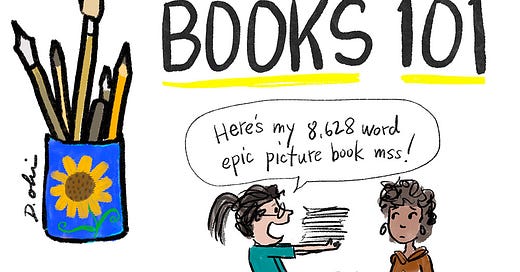




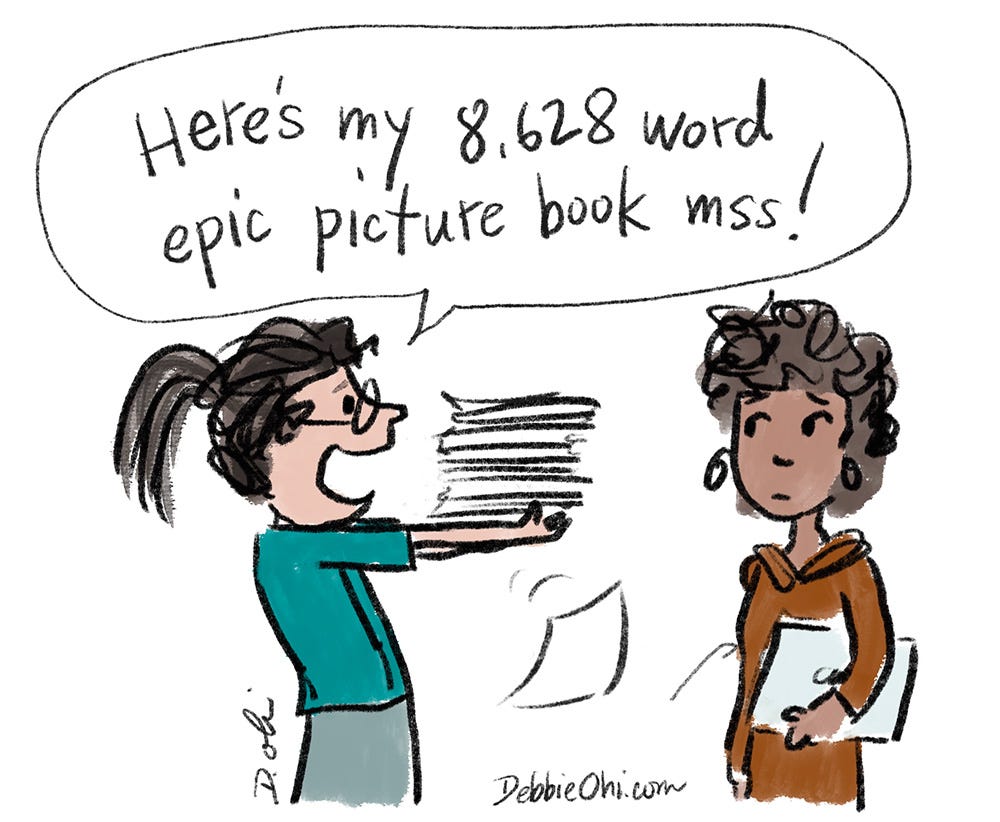

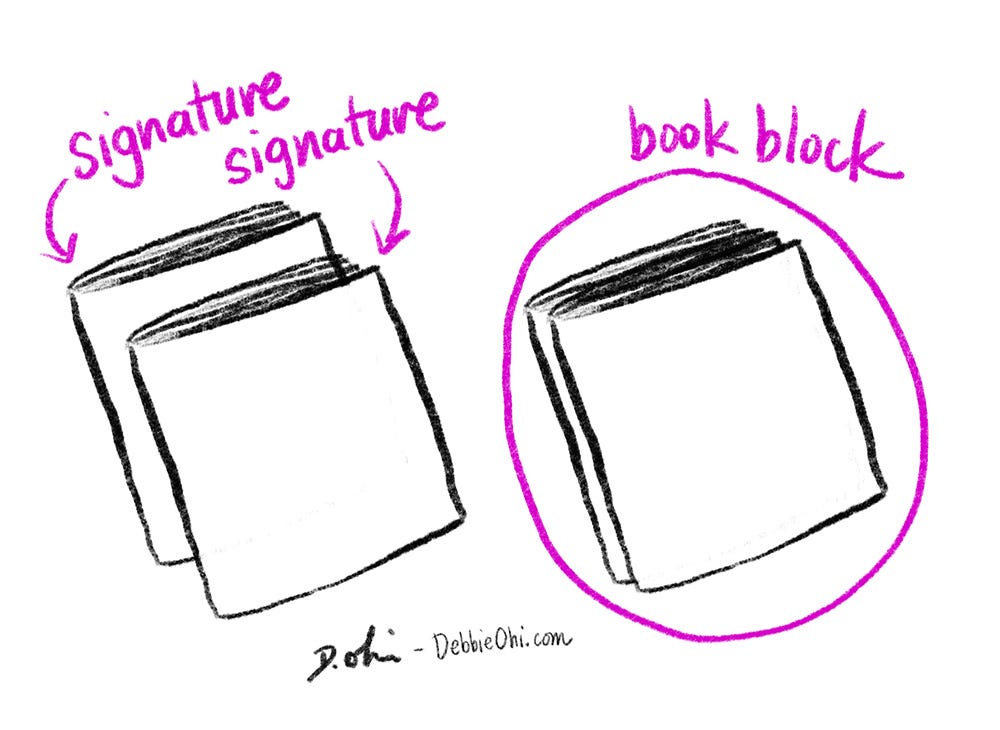
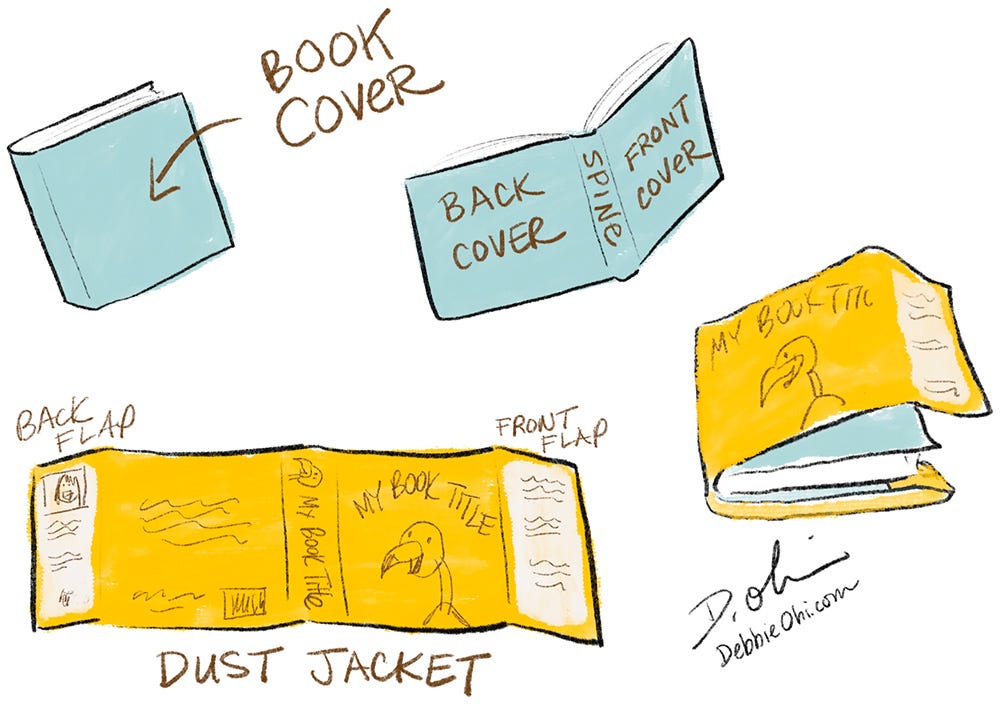

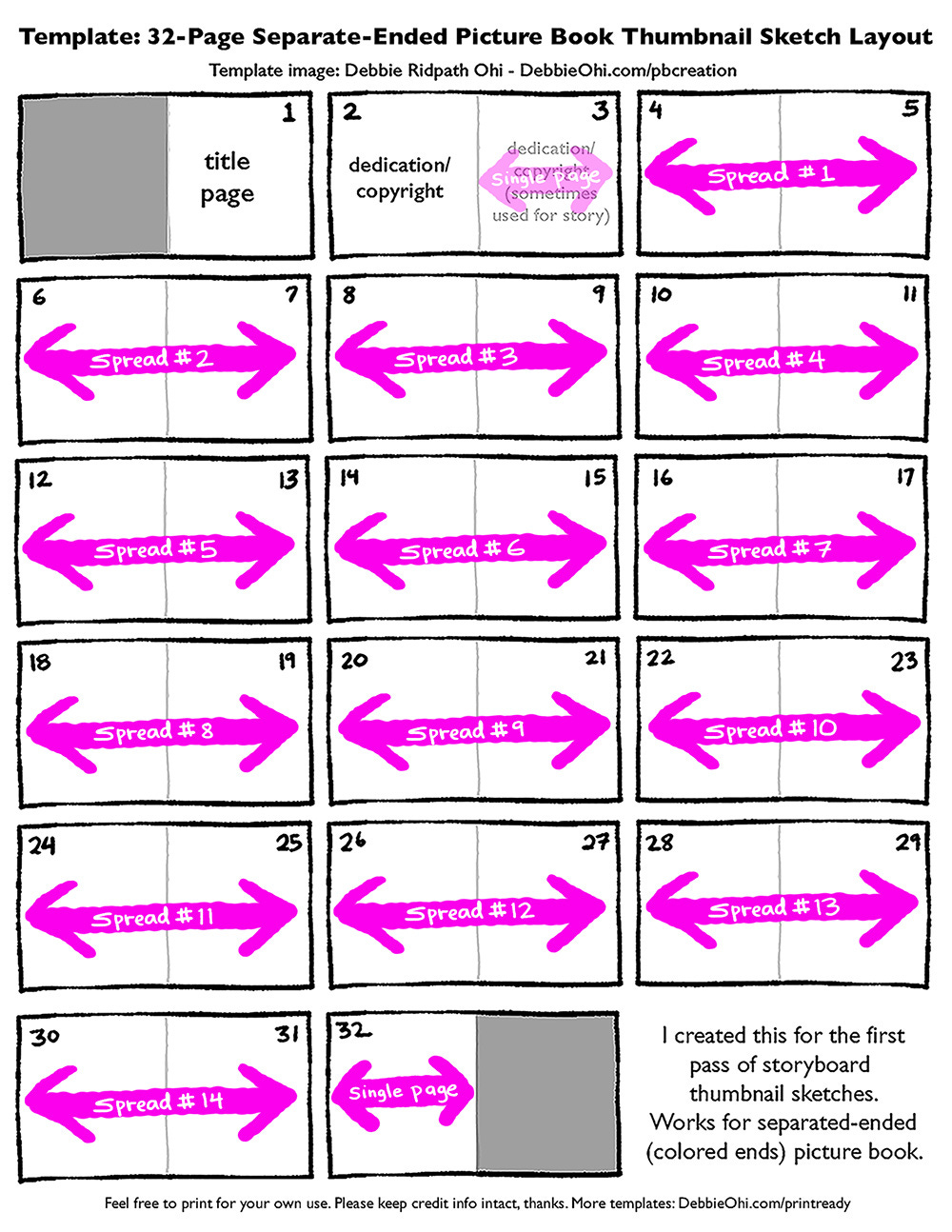
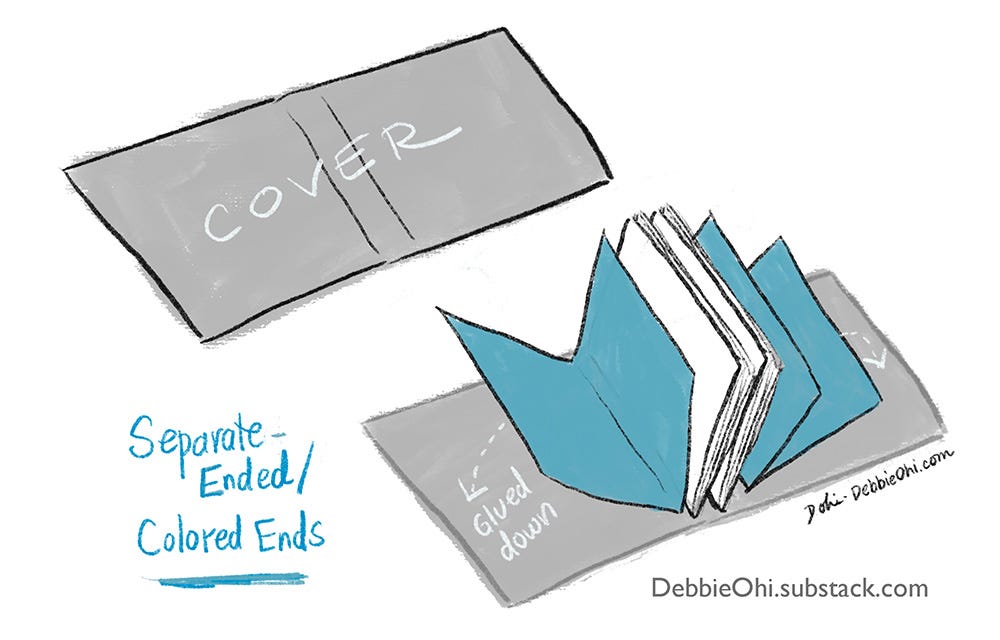
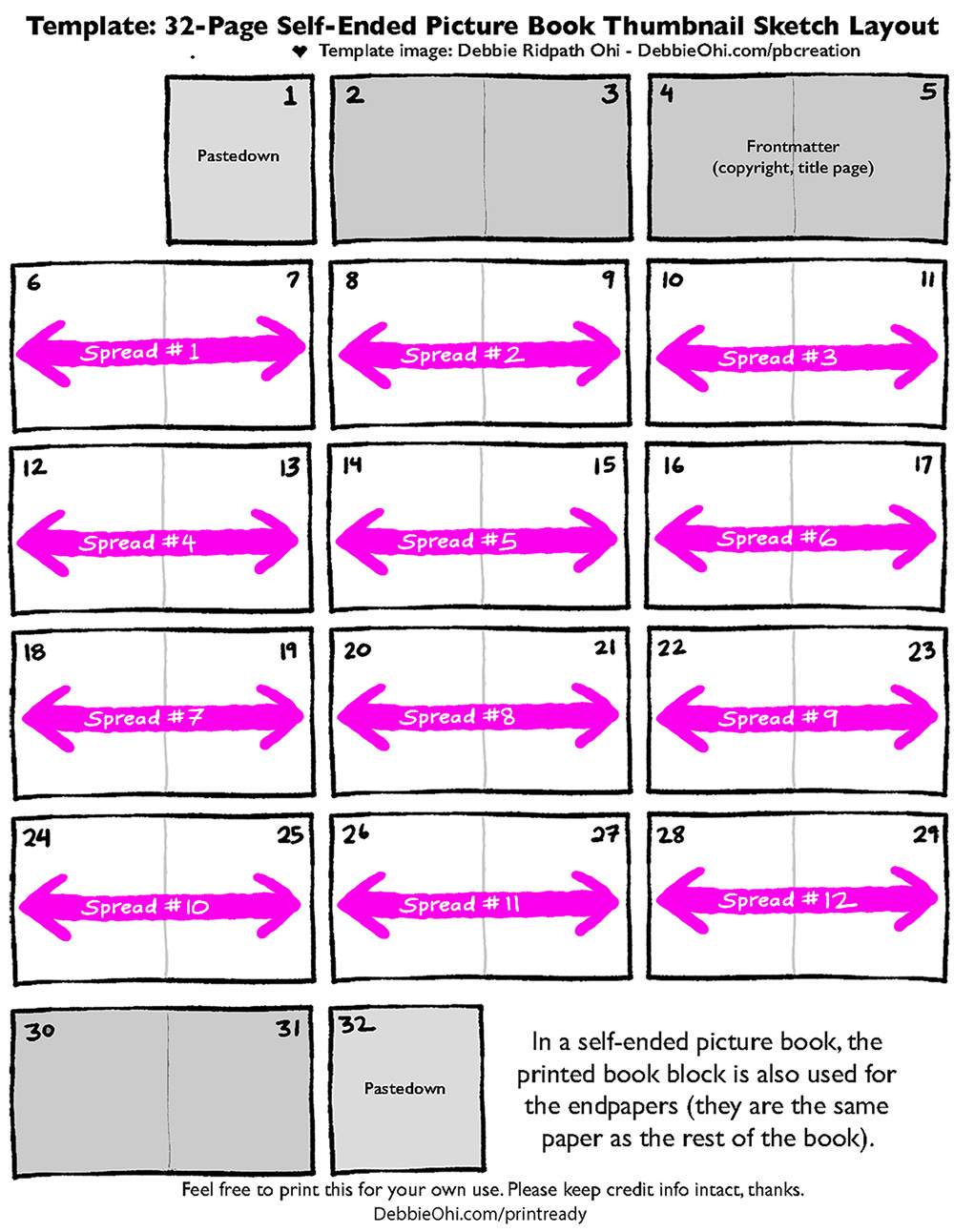

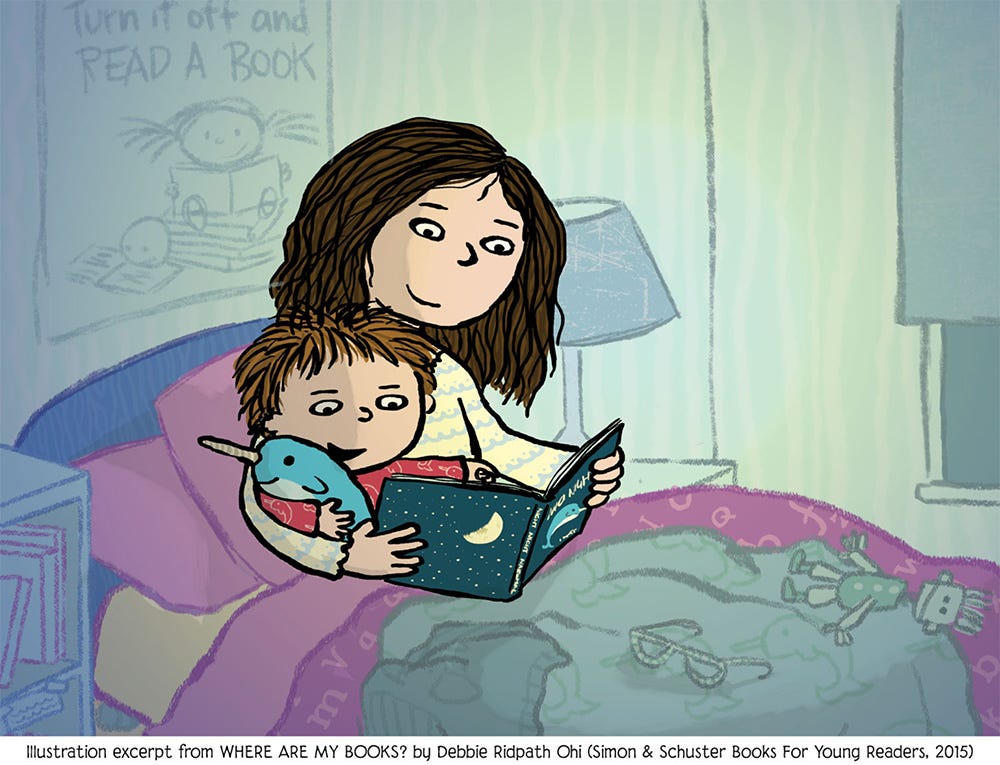


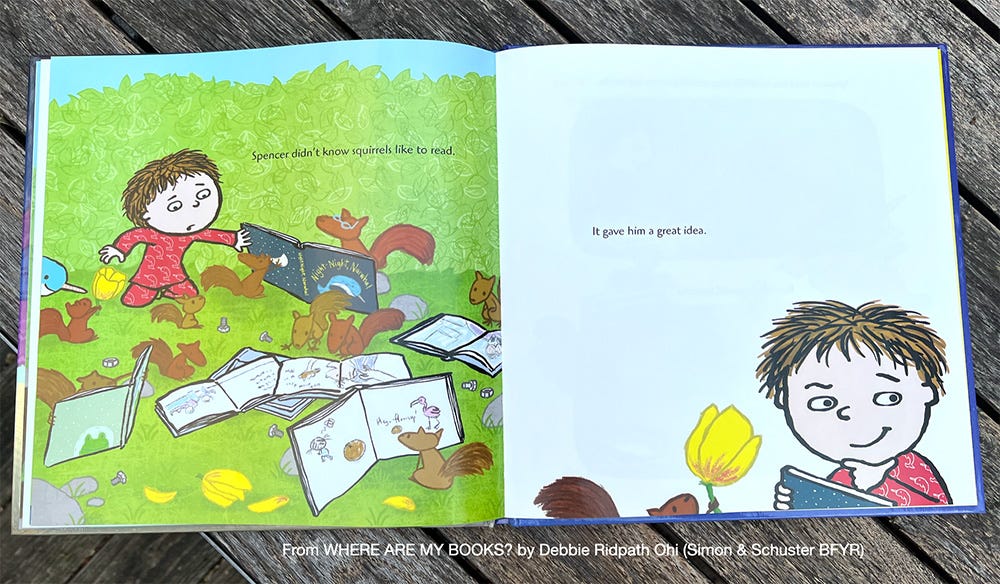




This info was so helpful. I have a few PBs I would love to illustrate myself. Thanks for sharing the free templates.
This is amazingly helpful! I'm definitely keeping this info handy! Thank you so very much!